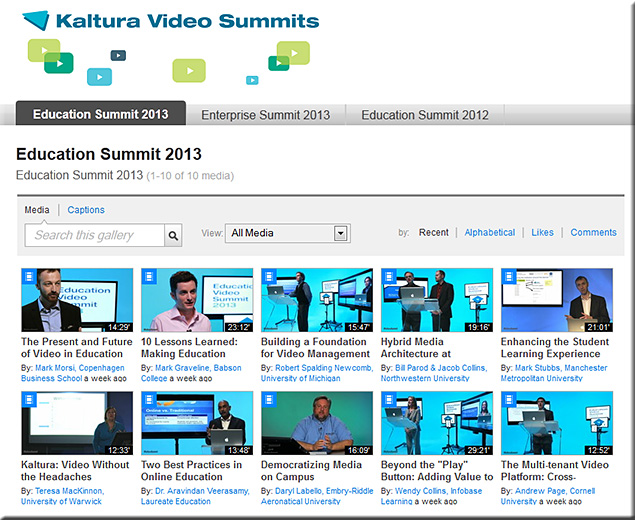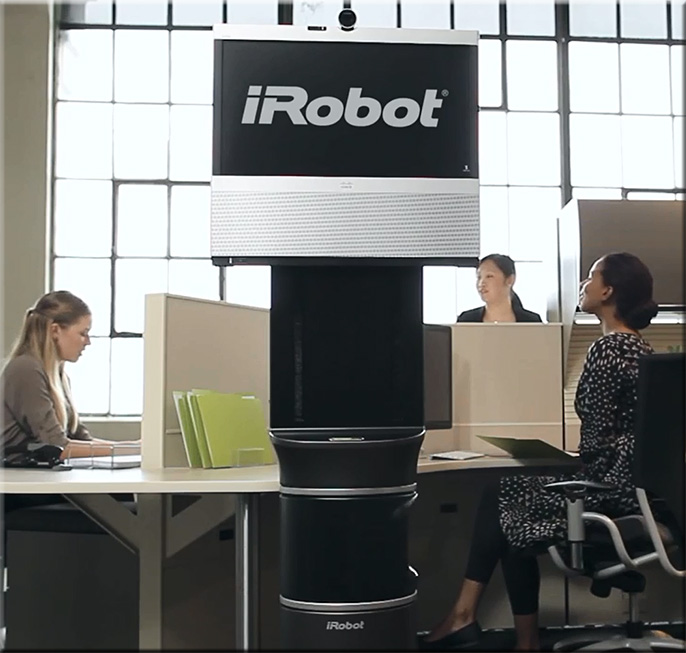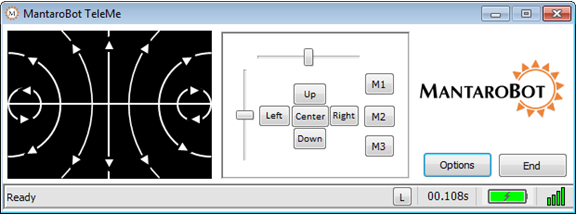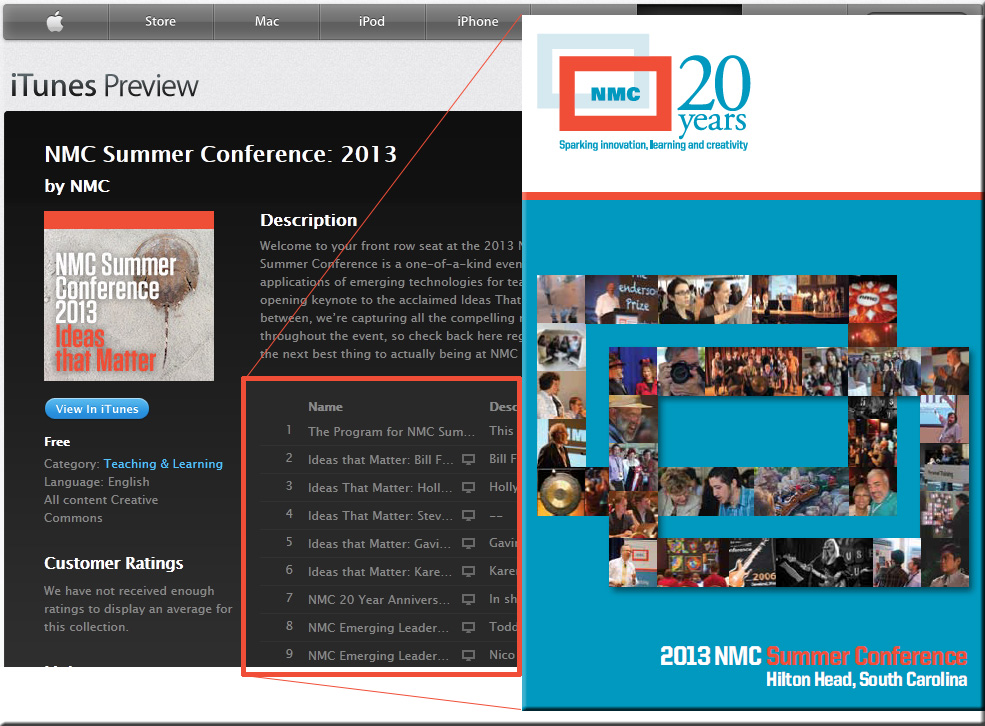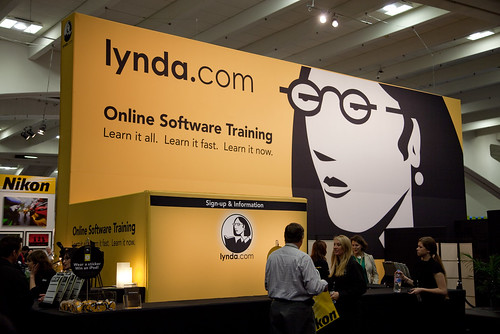How to make online courses massively personal — from scientificamerican.com by Peter Norvig
How thousands of online students can get the effect of one-on-one tutoring
Excerpt (emphasis DSC):
Educators have known for 30 years that students perform better when given one-on-one tutoring and mastery learning—working on a subject until it is mastered, not just until a test is scheduled. Success also requires motivation, whether from an inner drive or from parents, mentors or peers.
Will the rise of massive open online courses (MOOCs) quash these success factors? Not at all. In fact, digital tools offer our best path to cost-effective, personalized learning.
I know because I have taught both ways.
…
Inspired by Nobel laureate Herbert Simon’s comment that “learning results from what the student does and thinks and only from what the student does and thinks,” we created a course centered on the students doing things and getting frequent feedback. Our “lectures” were short (two- to six-minute) videos designed to prime the attendees for doing the next exercise. Some problems required the application of mathematical techniques described in the videos. Others were open-ended questions that gave students a chance to think on their own and then to hash out ideas in online discussion forums.
…
That is why a properly designed automated intelligent tutoring system can foster learning outcomes as well as human instructors can, as Kurt van Lehn found in a 2011 meta-analysis in Educational Psychologist.
From DSC:
A potential learning scenario in the future:
- “Learning Agent, go find me a MOOC (or what the MOOC will morph into) about ________.”
Similar to a Google Alert, the Learning Agent returns some potential choices. I select one.
.
- Once there… “System, let’s begin.” I begin taking the online-based course — which is stocked full of a variety of media, some interactive, that I get to choose from for each module/item based upon my personal preferences — and the intelligent tutoring system kicks in and responses at relevant points based upon my questions, answers, responses. The system uses AI, data mining, learning analytics, to see how I’m doing. It tracks this for each student. Humans regularly review the data to begin noticing patterns and to tweak the algorithms based upon these patterns.
.
- If at any time I find the responses from the automated intelligent tutoring system confusing or weak, I will:
- Make note of why I’m confused or disagree with the response (via an online-based form entry on the page; this feedback gets instantly sent to the Team of Specialists in charge of the “course.” They will use it to tweak the course/algorithms.)
- Ask to speak with a person, at which point I am asked to choose whether my inquiry would best be handled by a Subject Matter Expert (SME) at $___/hour/request (more expensive price) or by an entry-level tutor (at a lower $___/hour/request). I then enter into a videoconference-based tutoring session with them, and they can access my records and even take over my screen (if I let them). Once I get my questions answered, I return to the course and continue.
From DSC:
A twist on the above scenario would be if a cohorted group of people — not age-based — met in a physical place/room and were able to bounce ideas off of each other before anyone ante’d up for additional expenses by contacting a tutor and/or an SME. They could even share the expenses of the “call” (so-to-speak).









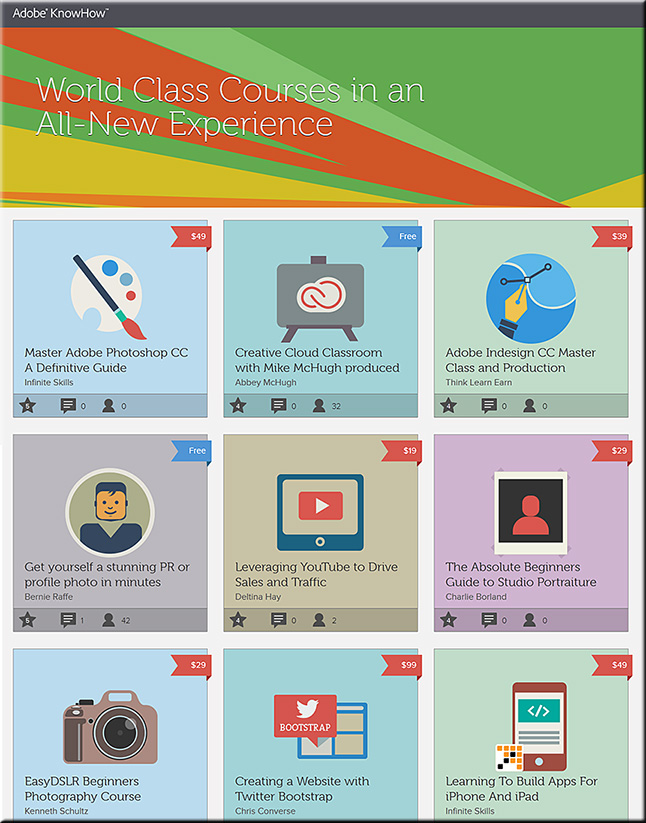
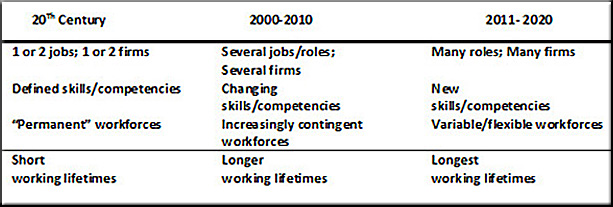

![The Living [Class] Room -- by Daniel Christian -- July 2012 -- a second device used in conjunction with a Smart/Connected TV](http://danielschristian.com/learning-ecosystems/wp-content/uploads/2012/07/The-Living-Class-Room-Daniel-S-Christian-July-2012.jpg)

